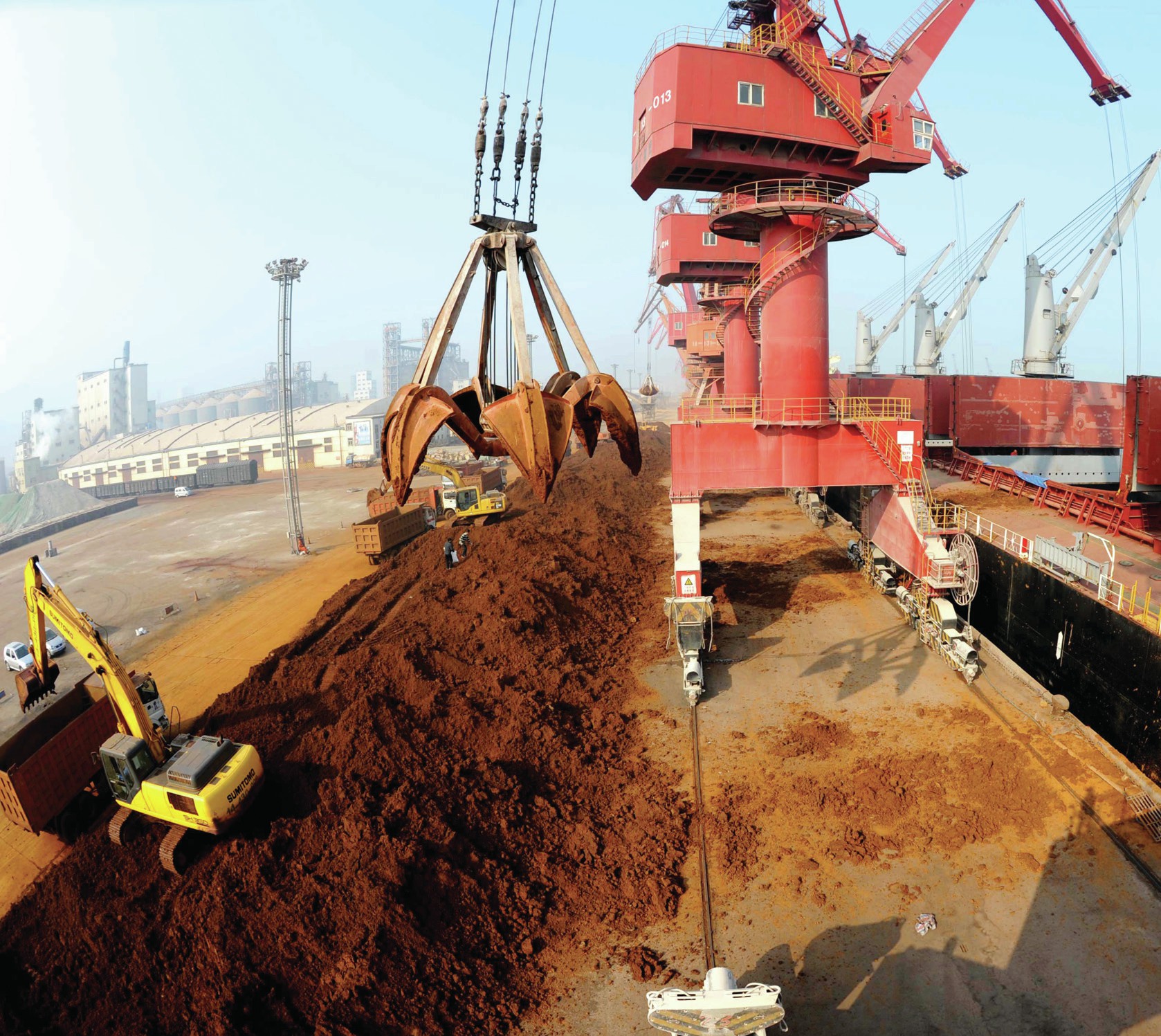
Rare earths are a category of natural resources and a growing cause of concern for world leaders. They consist of 17 elements that are crucial to the manufacture of electronic devices, ranging from everyday mobile phones to strategically impor tant militar y equipment. The Chinese government, which controls global production of rare earths, recently began tightening its export quota. This behaviour, dubbed resource nationalism by China’s critics, potentially starves Japan, EU countries and the USA of desperately needed supplies. Rare earths are moving towards centre-stage in a new twenty-first century superpower struggle.
The rare earth elements, also known as rare earth metals, consist of scandium, yttrium and the 15 lanthanide elements (atomic numbers 57–71, including lanthanum, cerium, neodymium and samarium, Table 1). None are, in fact, particularly rare, but they can be difficult to extract in a pure form. Bastnasite ore is the world’s principal source of rare earths and is produced in China and the USA. Some types of clay have high yields of rare earths.
Your organisation does not have access to this article.
Sign up today to give your students the edge they need to achieve their best grades with subject expertise
Subscribe




